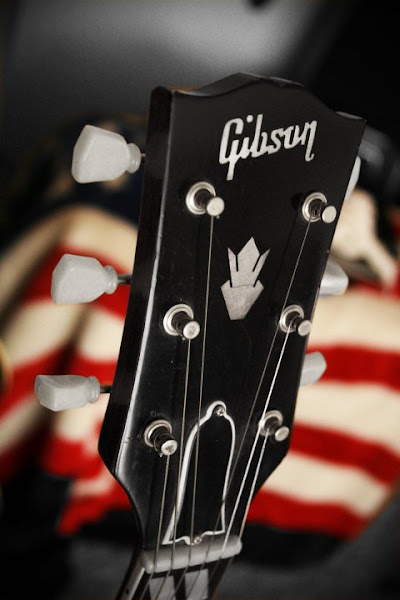By J. Bryan Wasson
There were a number of old Television series that I really loved, but one stands out above all the others. That program was, “The Waltons.” I liked the show because it was based upon the way day to day life was in that day. Most of all I liked it because of the parallels to my own life. I had lived it.
I was born in January of 1933. We were not yet out of a period known as “The Great Depression.” This bleak period in our history started with the failure of the stock market in 1929. Throughout most of my childhood, we were still feeling the effects of the depression. Most folks were unemployed and very few had any money. I could identify will all the aspects of the old Walton TV series. The story was set at a place known as Walton’s Mountain Virginia. Whether the setting was a fictitious place or a real location is not known to me. If “Walton’s Mountain“ was a fictitious place, the circumstances, life styles and conditions were real and not unlike my life in west central Texas.
My maternal grandparents lived in the rural Truby community of Jones County, Texas. Truby was very much like Walton’s Mountain in many ways. My grandparents lived in this community throughout most of my childhood and into the years I was in the U.S. Air Force. For most of this time they lived on the Spurgeon Reeves place. The house was within 200 yards of Bitter Creek. The Clear fork of the Brazos River was located about 3 miles north on a gravel road. Steel overhead framed wooden bridges spanned both Bitter Creek and the Clear fork.
Unlike Walton’s Mountain,” there were no mountains and no pine trees. The property on which the house was located joined a mesquite pasture. I spent a lot of time roaming and exploring in that pasture and other area mesquite pastures along with my Uncle, Mack Sterling. Mack was a couple of years younger than me. He was and is more like a brother than an uncle. This was farm and ranch country. Everything was cultivated fields or mesquite pasture.
When my Grandfather could find temporary work, the bill was paid. He was a carpenter. Sometimes he got work from one of two Government agencies repairing the numerous wooden bridges that dotted the dirt and gravel county roads. There were three Government Agencies designed to provide jobs to unemployed people in those hard times. One was the Works Progress Administration (WPA). Another other was the Public Works Administration (PWA). I always got these two agencies mixed up. A third agency was the Civilian Conservation Corps (CCP). This agency did construction jobs in National and State Parks and military camps. I do not remember if the CCC came into play in the Walton’s T.V. series.
Truby had a rural schoolhouse not unlike that on the Walton’s T.V. series. Classes in the Truby School went from the First Grade through High School.
On one episode, the Walton family sold Blue for $15.00. When the Waltons started to grind Sugar Cain, they regretted selling the mule. They first attempted to use the family milk cow, Chance, to power the mill. This was not very successful and they were later able to buy Blue back for the same price of $15.00 and successfully were able to grind the Sugar Cain with the aid of mule power.
My Daddy purchased a farm in the Potosi community of Taylor County, Texas in late 1947 or early 1948 or 49. The parallels to the Walton show continued. There was a Country store at Potosi. This store was much like the country store at Truby and Ike Godsey’s Store on the Waltons show. About a mile further south on a gravel road was an old country school house, also not unlike the one at Truby and the school on the Walton’s show. The School building at Potosi was no longer used as a School, but was used as a Community Center. It was the focal point of all community activities.
When we moved to Potosi, the telephones in the area were still the old crank phones hanging on the wall. Our nearest neighbor had one of these phones, but we did not have one. When there was an emergency, we would go there to use the phone. If some of our relatives believed there was an emergency, they would call these neighbors. One of the kids from the neighbor family would deliver the message to us in person. There was no privacy. It was a party line. If anyone’s phone rang, everyone on the line would pick up their phone to catch up on the latest gossip.
O2-03, JBW
The Walton's
Looking Back by J. Bryan Wasson
Wasson's Looking Back
Looking Back
J. Bryan Wasson



No comments:
Post a Comment